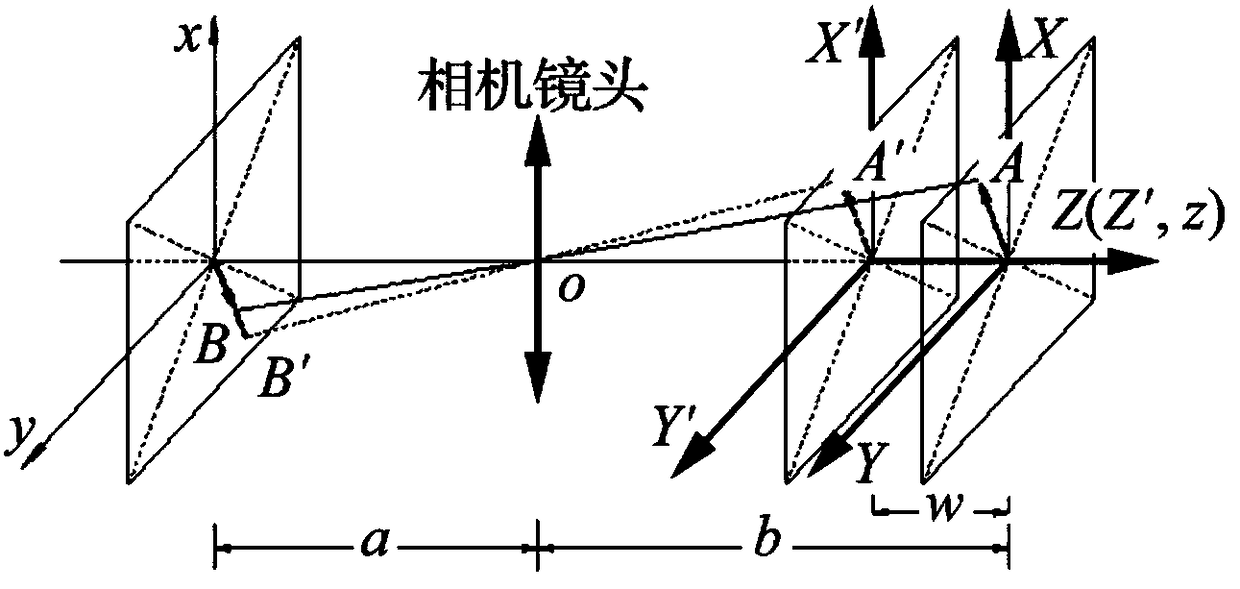Thin-wall part working modal parameter determining method and system
A technology for determining the working mode and parameters, which is applied in image data processing, measuring devices, instruments, etc., can solve the problems of difficulty in meeting the requirements of low-cost working mode testing, low efficiency and precision, and high requirements for the measurement environment and preliminary work , to achieve the effect of improving calculation efficiency and low measurement accuracy, solving difficult identification, measurement environment and preliminary work requirements
- Summary
- Abstract
- Description
- Claims
- Application Information
AI Technical Summary
Problems solved by technology
Method used
Image
Examples
Embodiment 2
[0128] by Figure 5 The cantilever beam shown in is the object. According to the method provided by the present invention, 15 strong feature points are sequentially selected along the y direction on the cantilever beam as optical flow matching tracking points. The response signal of the optical flow matching tracking point is divided into 13 segments for correlation function calculation, that is, the correlation function is averaged 13 times. Assume that the reference channel is the channel numbered 15, that is, feature point 15 is used as the reference point. Figure 6 To select the response signals of three measuring points under random pulse excitation. Depend on Figure 7 From the average correlation function in , it can be seen that the response signal represented by it is smoother and has more obvious attenuation characteristics, and it can obtain more accurate results by replacing the original response signal.
[0129] In order to determine the correct modal order an...
PUM
 Login to View More
Login to View More Abstract
Description
Claims
Application Information
 Login to View More
Login to View More - R&D
- Intellectual Property
- Life Sciences
- Materials
- Tech Scout
- Unparalleled Data Quality
- Higher Quality Content
- 60% Fewer Hallucinations
Browse by: Latest US Patents, China's latest patents, Technical Efficacy Thesaurus, Application Domain, Technology Topic, Popular Technical Reports.
© 2025 PatSnap. All rights reserved.Legal|Privacy policy|Modern Slavery Act Transparency Statement|Sitemap|About US| Contact US: help@patsnap.com



